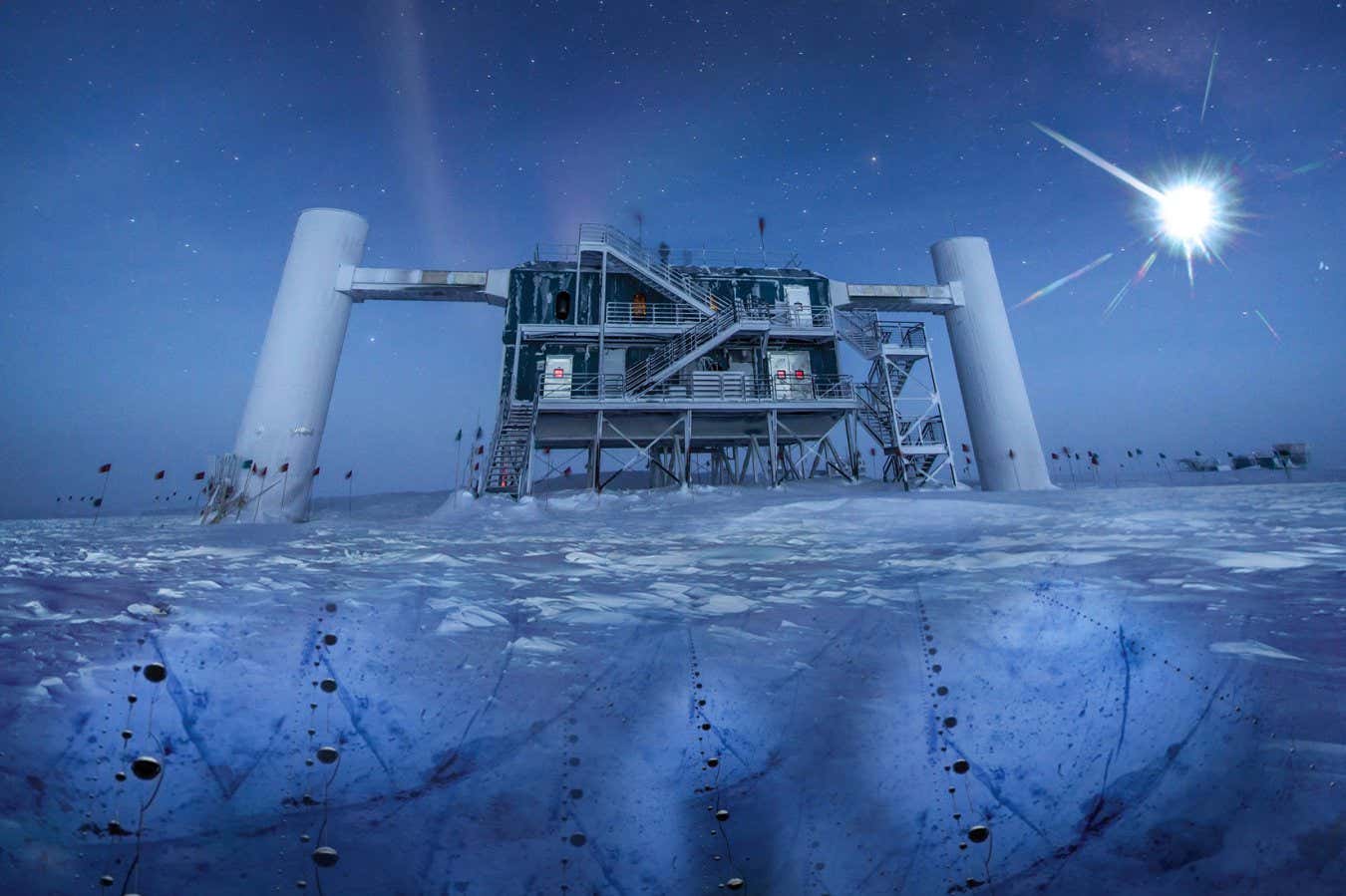Key Takeaways
- IceCube neutrino detector data reveals that 70% of ultra-high-energy cosmic rays are protons, with heavy ions like iron making up the rest.
- Understanding cosmic ray composition is crucial for tracing their origins and comprehending spaceborne magnetic field interactions.
- New observational instruments, including an upgrade to IceCube, are expected to unravel cosmic ray mysteries in the coming decade.
New Insights into Ultra-High-Energy Cosmic Rays
Recent research led by Brian Clark from the University of Maryland has made significant strides in understanding ultra-high-energy cosmic rays (UHECRs), which are among the most energetic particles in the universe. These cosmic rays carry more energy than particles produced in high-energy colliders, yet their origins and composition remain largely a mystery.
Previous studies from the Pierre Auger Observatory in Argentina and the Telescope Array in Utah presented conflicting opinions on the composition of UHECRs: whether they primarily consist of protons or other particles. However, data from the IceCube neutrino detector in Antarctica contributes critical clarity, indicating that about 70% of UHECRs are protons, with the remainder consisting of heavier ions like iron.
Maximilian Meier, a member of the research team from Chiba University, explains that IceCube’s detection approach is different from direct cosmic ray measurements. IceCube focuses on neutrinos, which are produced during collisions between UHECRs and photons from the big bang, making them challenging to detect. This method provides complementary data to existing cosmic ray research, offering a deeper understanding of these enigmatic particles.
The composition of cosmic rays is vital. It influences how spaceborne magnetic fields affect their trajectories, which is essential for determining their origins. Toshihiro Fujii from Osaka Metropolitan University notes that unraveling these origins is crucial for expanding knowledge about UHECRs. Notably, the mysterious Amaterasu particle has been a focal point, having originated from an area near the Milky Way that lacks clear astronomical sources.
Looking ahead, Clark expresses optimism that many of these cosmic ray mysteries could be resolved within the next decade. With several new observational instruments scheduled to become operational, including an upgraded IceCube, the scientific community is poised to uncover more about these intriguing particles and their origins. The future of cosmic ray research appears promising, offering a pathway toward answering longstanding questions in astrophysics.
The content above is a summary. For more details, see the source article.














